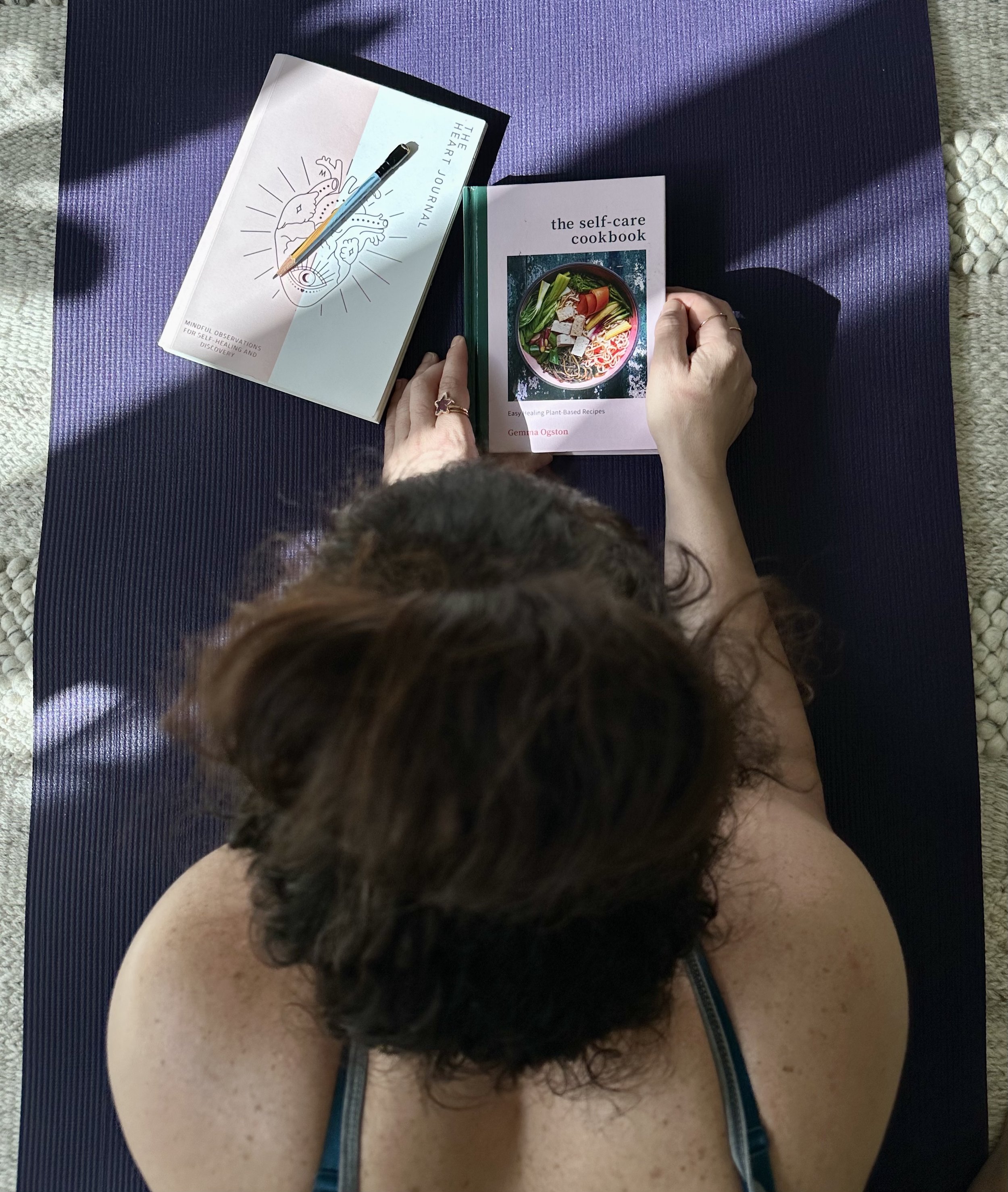Recovery Right | Woman
When it comes to achieving goals (fitness, professional or personal), hard work is only half the equation. Rest is the essential and all-too-often overlooked other half. When you hit the weights or spend endless hours at the front of your computer screen, you place an enormous amount of stress on your muscles, cardiovascular and nervous system. In order to come back stronger, faster, grounded, and feel more inspired it is IMPERATIVE to recover.
If you continue to pile on stress without adequate self-care and rest, you’ll get slower, tired, angry, depressed, anxious, possibly injured and the effect on your nervous system is pretty rough (and remember your nervous system is basically the BOSS of you – controlling your metabolism and digestion just to name a few of its functions.)
Recovery is more than nutrition. It’s also important to understand the difference between acute recovery (immediately after a workout or a possible melt down,) long - term recovery (rituals you have in place that help you get stronger, fitter, calmer and more balanced,) active recovery (gentle movements that will not signal your nervous system for fight or flight mode,) and passive recovery (naps, food, massages) and how they all can work or not work for you.
Recovery, like training, is also different for women than it is for men in a few key ways in terms of when, how, and with what.
One of the most interesting differences is, “The Cooldown Factor.”
If you’ve ever been part of a sports team, attended an exercise class or worked with a trainer, you know that intense workouts are usually followed by a nice relaxing “cooldown.” By moving into a gentle pace, you allow your body to quickly return to resting blood lactate levels. When you stop dead in your tracks and do nothing, the blood can pool up in your legs, which can make you dizzy. A cooldown is the first step in what is known as “active recovery” - allowing your body to integrate the movement you just performed and signaling rebuild with gentle movement to stimulate circulation.
Cooling down is beneficial for both sexes, but even more essential for women, who experience a greater decrease in arterial blood pressure after exercise than men. When you skip your cooldown, your blood flow drops so low that it limits your ability to get key nutrients into your hard - worked cells. Active recovery prevents this drop - in blood flow by maintaining the blood flowing back and forth from your muscles, which enhances nutrient exchange and muscle repair.
Just try to consider that recovery is a non-negotiable in all of its forms: acute, long-term, active and passive recovery. Your body keeps score and sometimes we are aware of what is happening and can hear the messages loud and clear and sometimes your nervous system has had enough and decides to step in with a screaming fit of exhaustion, anxiety, fear and anger.
Remember at the heart of self-care is recovery. Are you ready to finally make yourself a priority?





